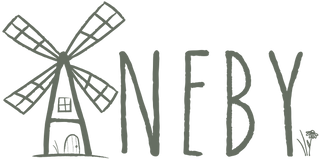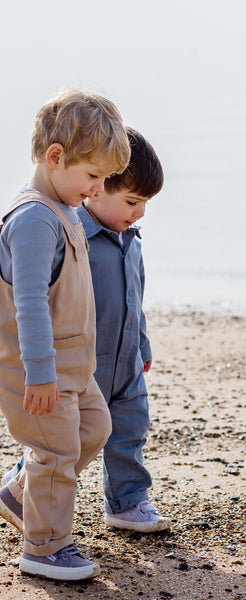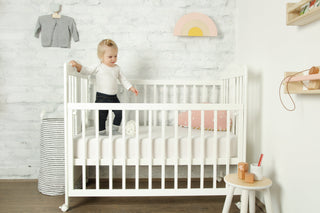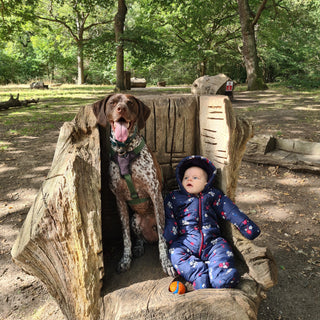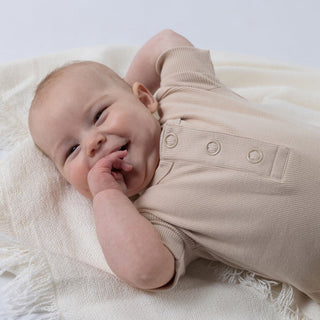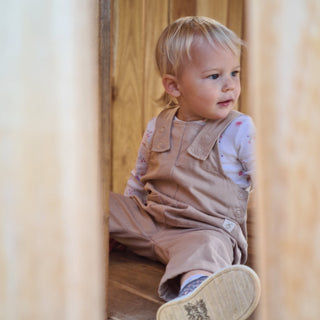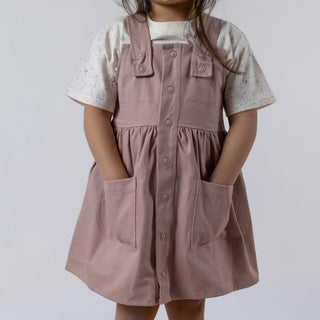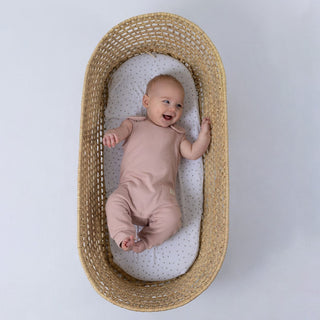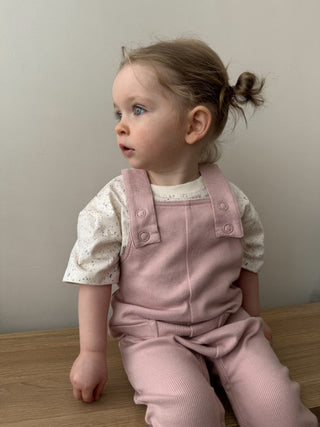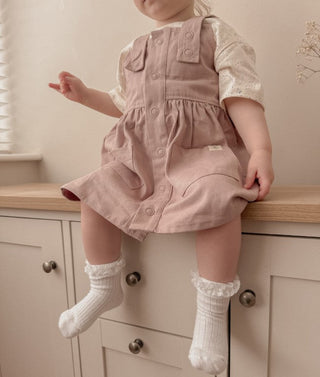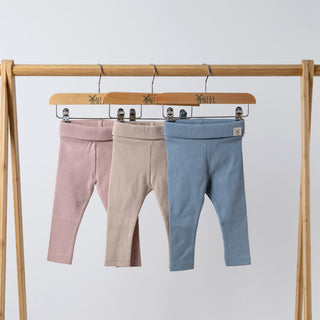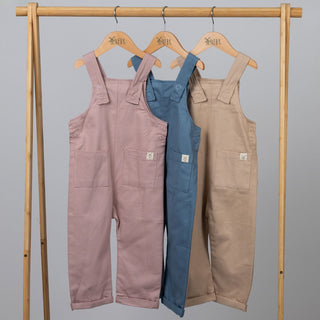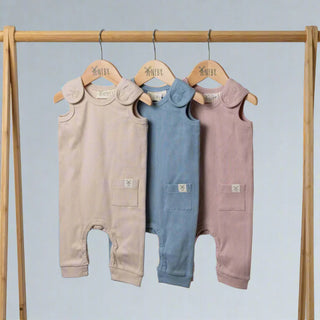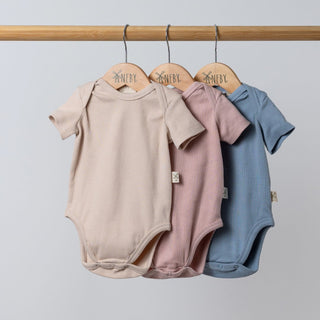Ever held a brand-new baby onesie and wondered what’s really in the fabric? I did, right before my eldest, Darcey, started scratching at her sore shoulders and back. She had eczema, and our health visitor suggested trying organic fabrics. That single conversation changed how I’ve dressed both of my girls ever since.
If you’re looking for an organic baby clothes guide UK that’s practical, honest, and built on real-life experience, you’re in the right place. I’ll walk you through what makes organic different, when to buy which items, how to keep your budget in check, and how organic clothing fits into a wider sustainable parenting approach.
What Makes Organic Baby Clothes Different
For me, it starts with trust. Organic cotton that’s GOTS certified isn’t just a buzzword, it’s proof that the fabric has been grown and processed without toxic chemicals. I knew about this long before Aneby existed, having sold GOTS-certified products on Etsy. I’ve made and shipped tens of thousands of organic cotton tote bags, reusable bamboo make-up pads, and other eco-friendly products, so I understood exactly what I was buying for my children.
The skin benefits are very real. Both sides of our family have eczema, and organic cotton was noticeably gentler for Darcey. She could wear her clothes without scratching at seams or irritated patches. You’ll feel the difference immediately, organic cotton is softer, sturdier, and somehow just… calmer against the skin.
And the environmental side? Well, our family became vegetarian almost 10 years ago after watching Cowspiracy. Reducing our impact on the planet has always been part of our life, and avoiding the pesticide-heavy, water-intensive world of conventional cotton fits that perfectly.
Learn more about the benefits of organic cotton baby clothes here.
When to Buy What
0–3 months: Keep it simple, baby vests, sleepsuits, muslins and sleeping bags. Both of my girls wore reusable nappies from their very first day in the hospital, so I needed clothes that were easy to change.
3–6 months: Add gender-neutral basics that allow for easy movement. This is when babies start exploring their bodies, rolling over, and testing their strength.
Toddler years: You’ll want sweatshirts, leggings, and dungarees. One of my favourite memories is of Freya wearing our oat dungarees at Attingham Park, exactly how I’d imagined them when I designed the first concepts. Clothes at this stage should be ready for climbing, jumping, and all sorts of adventures.

Avoid over-buying. I learned quickly that buying “just in case” leads to waste.
See my guide to creating a minimalist, eco-friendly nursery here.
The Stories That Shape How I Shop
Darcey’s eczema diagnosis is the reason I switched to organic, but our approach has been shaped by lots of smaller moments too. Most of Freya’s wardrobe started as Darcey’s, and we even use Aneby samples (prototypes that might have had minor flaws), to make sure nothing goes to waste.
We’ve had a few mistakes along the way. A set of branded tracksuits gifted to us looked uncomfortable, and if I’m honest, they were ugly. I’m all for gender-neutral clothing, but there’s a limit.
And then there’s our commitment to reusables, nappies, wipes, even second-hand toys. They’re all part of the same eco-conscious mindset.
Here’s our full guide to reusable vs disposable nappies.
Budget-Friendly Ways to Buy Organic Baby Clothes
Start with second-hand. Vinted, Facebook Marketplace, and eBay are my top three, and you can find pieces that look brand new for a fraction of the price.
I usually only buy new for special occasions, or when I know the piece will last through both children. That’s when I’ll often choose from our own Aneby range. Our prices are deliberately kept affordable (most under £15) without cutting corners, because organic doesn’t have to mean expensive.
Small brands like ours don’t have the marketing budgets of the big high street names, but we do have something they often don’t: small-batch production and thoughtful design.
See my full guide to building a green baby wardrobe here.
How Organic Clothing Fits Into Sustainable Parenting
Choosing organic clothing is just one part of how we try to live more sustainably. Reusable nappies, shopping second-hand, and avoiding unnecessary purchases all go hand-in-hand.
Of course, it’s not always easy. Walking instead of driving feels simple when it’s just you, but with two small children? It’s another story. And birthdays or Christmas with grandparents who love to shower the girls with new gifts can feel like an uphill battle. We’ve had to politely ask for second-hand presents instead, and yes, it sometimes means returning items. But it matters to us.
If there’s one thing I’d say to any parent starting out, it’s this: you don’t have to do it perfectly. “It doesn’t need a handful of people doing it perfectly. It requires the majority of people doing it imperfectly.”
Read my everyday eco-friendly baby care tips here.
Final Thoughts
Organic baby clothes aren’t just softer on skin, they’re part of a bigger picture. They connect to the kind of parenting that values fewer, better things, and the belief that small choices add up.
Start small. Swap one thing. Try one second-hand find. Pass on what you no longer need. That’s how we’ve done it for years, and it’s made all the difference.
